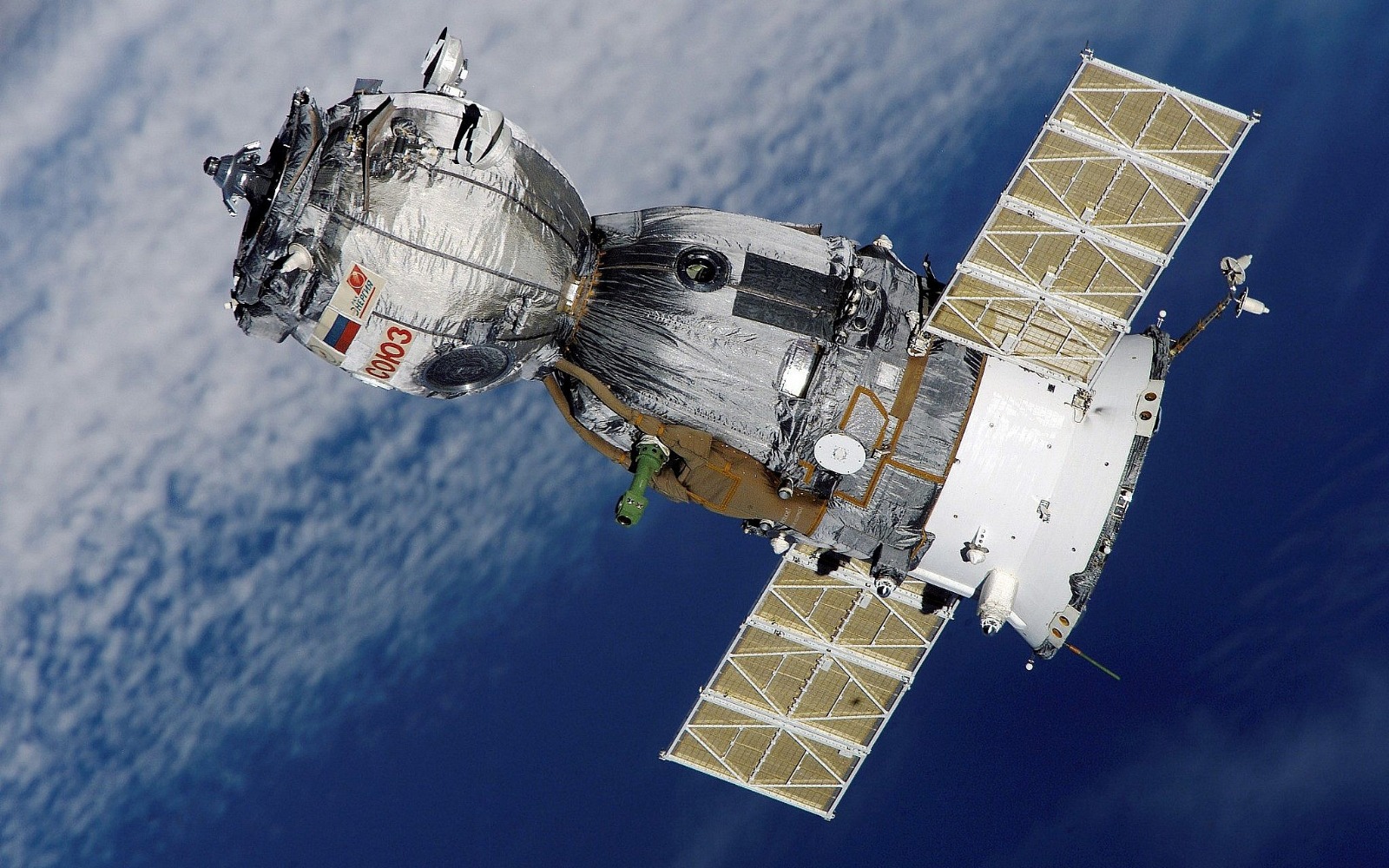As Ukraine strategically employs space-based intelligence support from Western allies in its prolonged counter-offensive, Moscow now appears to be stepping up initiatives to enhance its space technology capabilities to support military operations in the Ukrainian conflict zone.
On December 1, the Russian Defense Ministry announced its plans to employ high-resolution images obtained through an all-weather remote sensing satellite system of the Earth.
The Ministry specified that these images are slated to be utilized in support of the operational objectives of the Armed Forces of the Russian Federation.
The head of the Ministry of Defense, Sergei Shoigu, noted that the Lavochkin Research and Production Association is working on the creation of a space system for all-weather remote sensing of the Earth, which will make it possible to obtain images of the terrain regardless of weather conditions and lighting.
“First, let’s hear how the Lavochkin Research and Production Association is working on the creation of a space system for all-weather remote sensing of the Earth, which will make it possible to obtain images of the terrain regardless of weather conditions and lighting. Such high-resolution images are planned to be used in the interests of the armed forces,” Shoigu said during a conference call with the leadership of the Russian Armed Forces.
Just days before this announcement, Moscow launched a Soyuz-2.1b rocket carrying a military satellite from the Plesetsk spaceport. The satellite launched was the Bars-M No. 5 reconnaissance satellite, placed into a sun-synchronous orbit in November 2023.
The Bars-M satellite series holds a crucial role in Russia’s national defense, with this latest launch marking the fifth installment of these advanced electro-optical area surveillance platforms.
Specifically, these satellites play a vital role in military cartography, providing high-resolution imagery for strategic topographic assessments essential to defense planning and operations.
Meanwhile, the deployment of the reconnaissance satellite of the Bars-M satellite series marks the third instance since the initiation of Russia’s Special Military Operation (SMO) in Ukraine on February 24, 2022.
These developments signify Moscow’s efforts to enhance its surveillance capabilities amid the ongoing war.
What Drives Moscow’s Necessity To Upgrade Its Aging Satellite Network?
The significance of these initiatives is evident in the considerable advantages gained by Ukrainian forces through their access to space-based intelligence from the West.
High-resolution imagery captured from space offers near-real-time insights into events on the ground, providing a strategic edge.
Satellites have also played a pivotal role in exposing challenges in Russian logistics, demonstrating effectiveness in detecting the establishment of new military infrastructure, the deployment of additional assets, or any repositioning of existing assets.
Throughout the conflict, high-resolution images, primarily captured by satellites operated by Western private companies, have proven to be invaluable in countering disinformation and shaping public perceptions of the conflict.
These images have also played a crucial role in aiding Ukraine to gain an advantage in the conflict. On the flip side, Russia has frequently fallen behind, struggling to capitalize on its space technology effectively despite being designated as a space superpower.
The use of space technology goes beyond high-resolution imagery alone. Kyiv has utilized Elon Musk’s cutting-edge Starlink satellite constellation for internet connectivity.
Ukraine has also effectively deployed precision rockets guided by orbiting US spacecraft, striking targets deep behind the front lines. In contrast, reports suggest that Moscow is dealing with a dated network of satellites, which limits its capacity to deploy smart weapons.

Bruce McClintock, a senior policy researcher at RAND Corp, previously highlighted, “With Glonass’s signals less reliable and precise for satellite-guided weapons, Putin’s generals have resorted to workarounds, including a massive new 3,300 pound (1,500 kilogram) bomb designed to use brute size to compensate for inadequate technology.”
In August, Russia launched a rocket carrying the Glonass-K2 satellite, marking the inaugural step in an extensive network upgrade. This ambitious overhaul project comes with an estimated cost of 484 billion rubles, equivalent to approximately $5 billion.
Originally slated for deployment in 2018, the launch date for the Glonass-K2 satellite was subject to multiple postponements, leading to a protracted wait until liftoff finally occurred in early August.
That launch sets the groundwork for what must be a prolonged and comprehensive effort to modernize and elevate the capabilities of the Glonass system.
Nevertheless, Moscow’s recent initiatives to enhance its space technology to nullify Ukraine’s advantage will enhance the situational awareness of Russian forces on the battlefield.
- Contact the author at ashishmichel(at)gmail.com
- Follow EurAsian Times on Google News




